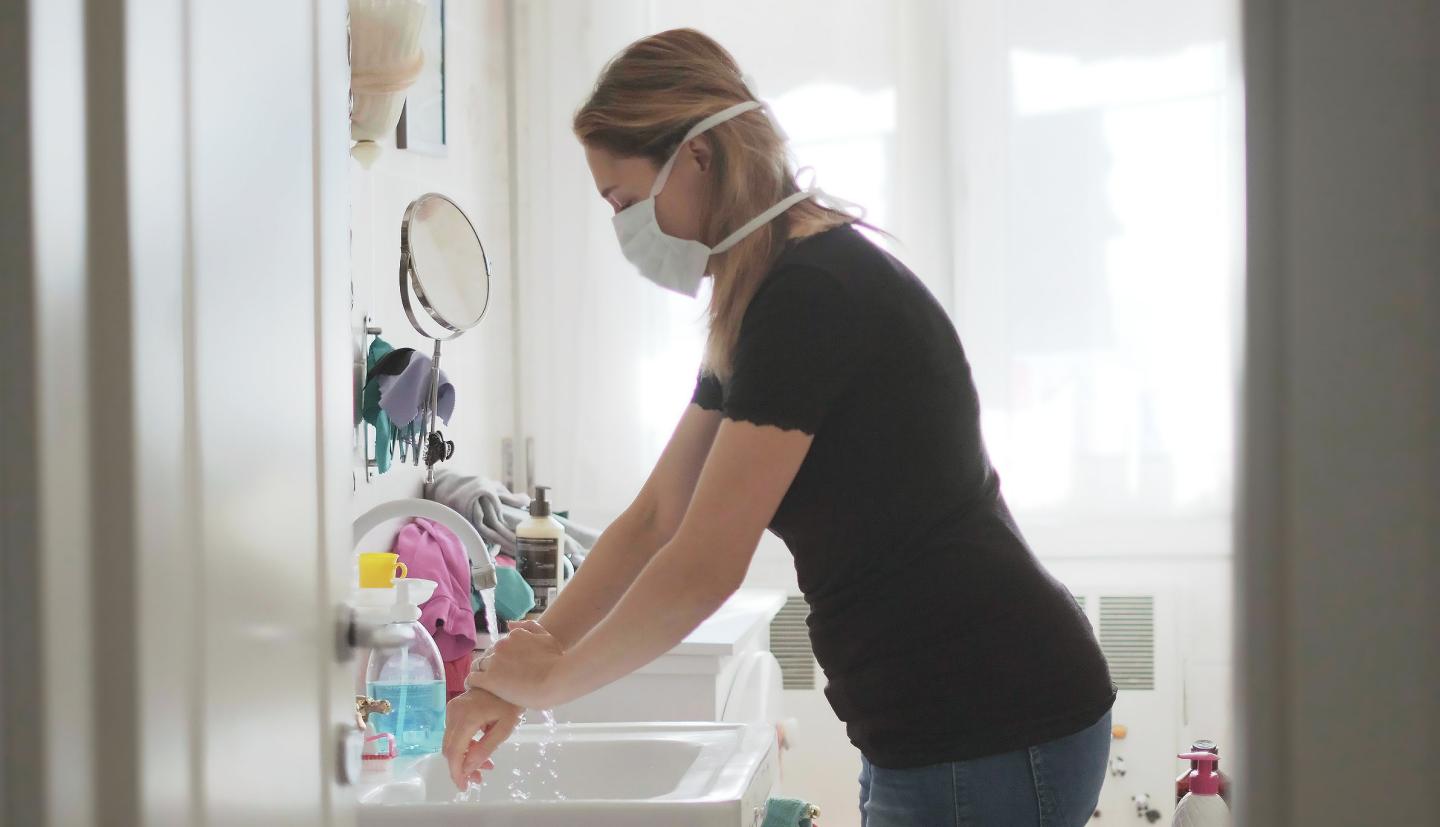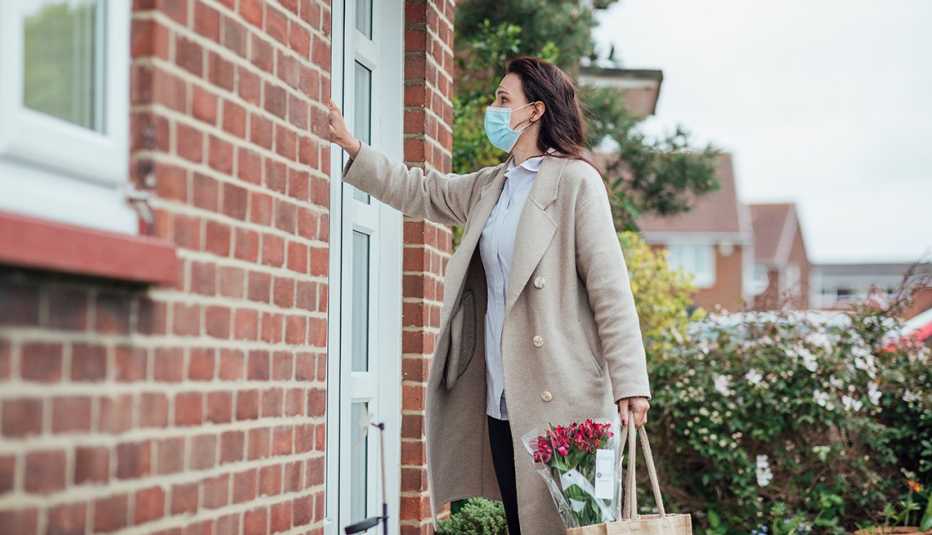Staying Fit
The coronavirus, it appears, will be with us for some time. And that means many Americans will be caring for family members with COVID-19 at home — attempting to meet their needs while trying to avoid contracting the disease themselves.
"You want to be there for them physically and emotionally, but it's important to protect yourself, too,” cautions Jacqueline Winfield Fincher, M.D., an internal medicine physician in Thomson, Georgia, and president of the American College of Physicians (ACP).


AARP Membership— $12 for your first year when you sign up for Automatic Renewal
Get instant access to members-only products and hundreds of discounts, a free second membership, and a subscription to AARP the Magazine.
Whether your family member has tested positive or you simply suspect that your loved one has the disease, it's important to notify her health care provider early on and then stay in close contact with the doctor for the duration of the illness, Fincher says. From there, physicians and caregivers offer the following tips for how to handle everything from fever to monitoring breathing.
Isolate the patient
The Centers for Disease Control and Prevention (CDC) recommends having the patient stay in a separate bedroom or area of the house and having him use a separate bathroom. If you have no choice but to share a bathroom, experts advise opening a window or turning on a fan to increase air circulation. Clean all surfaces after the sick family member uses it, but wait as long as possible before going in, because particles could still be airborne. (If the patient is up to it, she can minimize the risk of spreading the illness by doing the cleaning.)
Daniel Lewis, a family physician in Greeneville, Tennessee, who recently recovered from COVID-19, says he moved into his home's “fairly finished basement” while he was sick. “My wife would sit food at the top of the stairwell and throw me items that I needed,” he says.
Treat their rising temperature
Take the patient's temperature at least twice a day, once right when the person wakes up and then again in the afternoon or early evening, when it's likely to be slightly higher.
A regular digital thermometer under the tongue works, but if your family member is too weak to take his own temperature, you may want to consider getting an ear thermometer or an infrared forehead type, suggests Jessica Sima, a registered nurse in McHenry, Illinois. Though expensive ($35 to $100), this type provides a reading with a quick swipe across the forehead, lowering your chance of exposure.
If your loved one has a fever (defined as a temperature of 100.4 °F or above), you can offer acetaminophen (brand name Tylenol) or a nonsteroidal anti-inflammatory drug (NSAID) such as ibuprofen (Advil, Motrin) or naproxen (Aleve, Anaprox). Early reports that taking an NSAID could lead to a more severe coronavirus infection did not bear out, and the CDC now says either is safe.
Many doctors recommend starting with acetaminophen, especially older adults, because NSAIDs can raise blood pressure and increase risk of bleeding, stomach ulcers and heart failure.
Lewis notes that Tylenol didn't work to bring his fever down when he had COVID-19, so he tells his patients to use ibuprofen if acetaminophen isn't working. Fincher typically recommends alternating acetaminophen with an NSAID. But make sure you don't exceed the daily limit of each medication listed on the package, Fincher warns.
Offering a slightly warm bath or sponge bath can also help a feverish patient feel better, the CDC says.
Make sure they're hydrated
Dehydration is a risk when you have a fever, and that's especially true for COVID-19 patients, who may have a high fever for days at a time. If your family member also has the gastrointestinal issues sometimes associated with the coronavirus (such as vomiting and diarrhea), he is at even greater risk.





































































